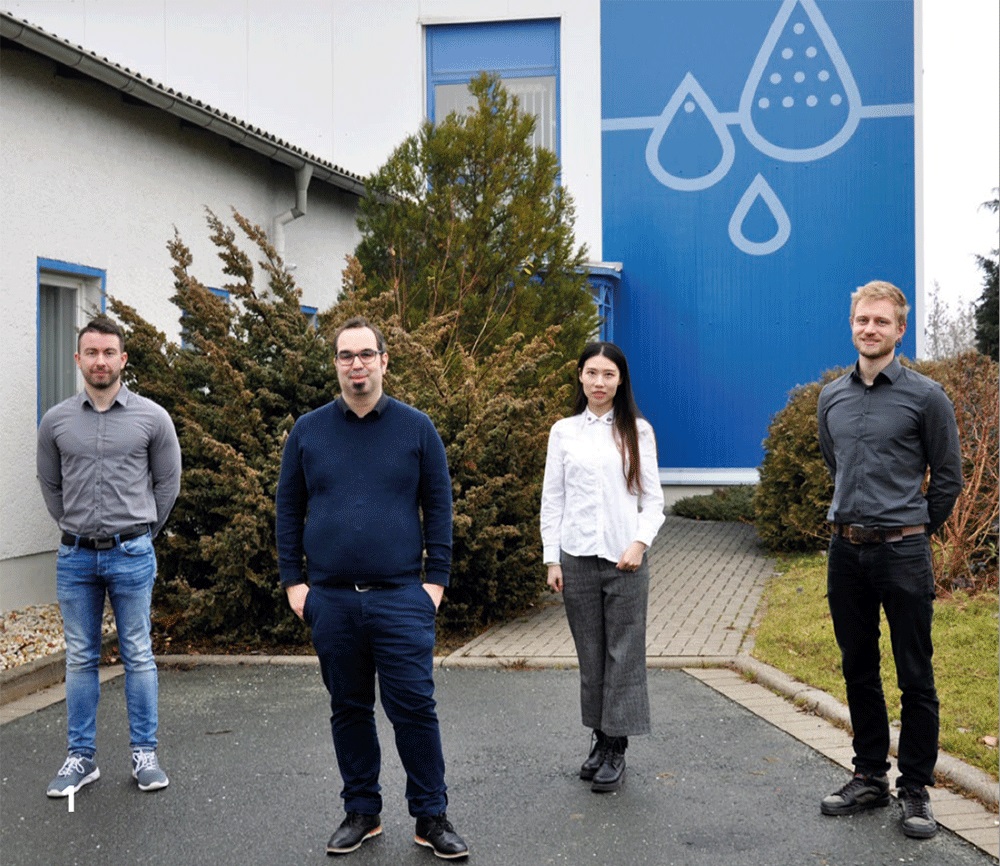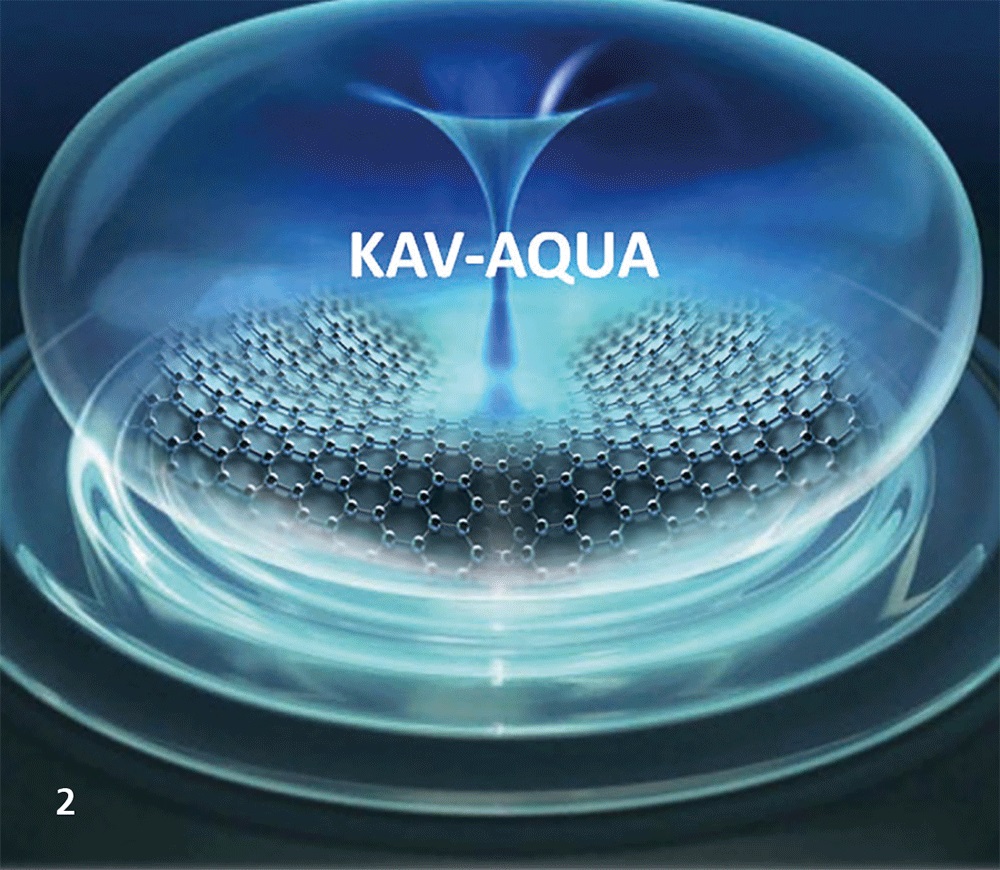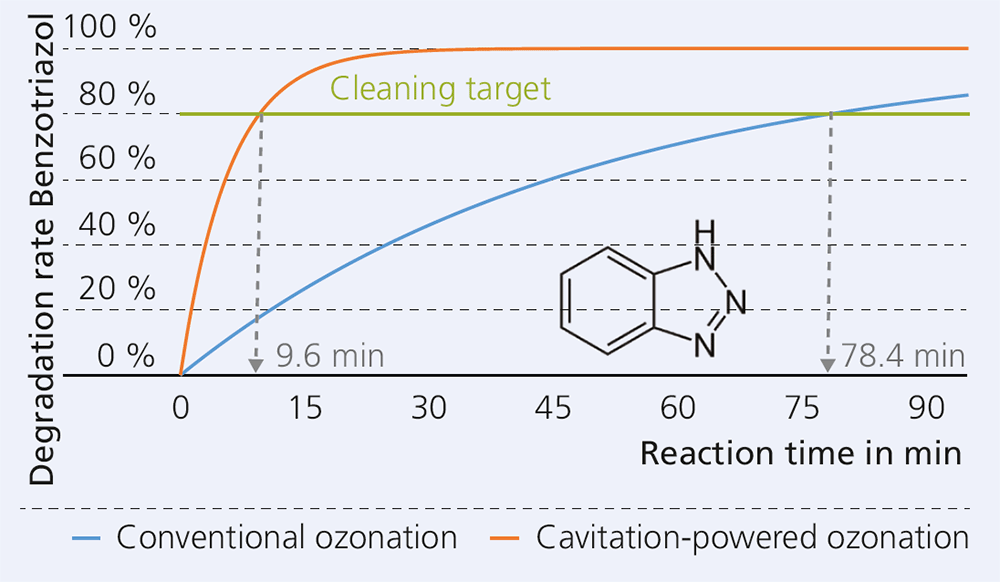
Water purification processes with sound and pressure – Attract Group KAV-AQUA
Current research




With “Fraunhofer Attract” funding, outstanding external scientists can use the Fraunhofer infrastructure to further develop innovative ideas in an application-oriented way. Beginning in November 2020 at the IKTS site in Hermsdorf, the Attract Group KAV-AQUA, led by Dr. Patrick Bräutigam, will develop innovative cavitation-assisted processes, reactors and sensors for use in water management.
The focus is on the removal of micropollutants (e.g. residues of pharmaceuticals and industrial chemicals) and the continuous recording of total parameters to determine the water quality, which cannot be achieved with existing technologies. The aim is to develop significantly more effective and energy-efficient approaches to water treatment compared with the state of the art. This means that, at best, all organic micropollutants are removed using only half of the energy used by conventional methods.
In order to achieve this, the Attract Group couples processes of hydrodynamic, acoustic and sub-/stable cavitation and their combinations with advanced oxidation processes (AOP, e.g. ozonation) and sensor technology. This creates completely new reactors and processes that release synergetic effects through specific interactions and can also be modulated, i.e. they can be adapted to different levels of pollutants and volume flows in the process. Furthermore, predictive models are being developed using machine learning approaches. This solves a central problem of water technology: the prediction of the speed and completeness of removal even for unknown, unexamined micropollutants as well as the determination of appropriate design criteria for reactors. For Fraunhofer IKTS, the Attract Group provides another way of tapping into the targeted development of future areas of application and innovative solutions in the field of water and environmental technology. In addition, the newly developed methods, reactors, processes and sensors allow long-term use in other areas of application or as services provided. These include, for example, the procedural use of cavitation-assisted processes in other industries (chemistry, pulp and paper, food, cosmetics), the use of reactor principles for other sensor applications and analytical methods for testing cavitation effects, e.g. in medicine. This ensures that the group continues to be embedded closely with Fraunhofer IKTS and will achieve successful results long into the future.